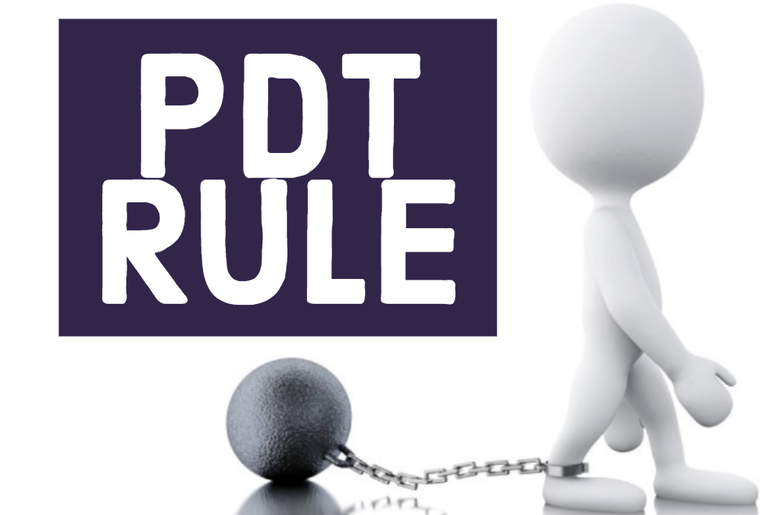
Today we're going to talk about trading terminology and the term of the day is the PDT rule, also known as the pattern day trader rule.
Whether or not you realize it every single day trader is affected by this rule, if you're a beginner trader you need to understand what the PDT rule is and how it works.
Now when we talk about the PDT rule we're also going to talk about a couple of other terms, and we're going to start by just talking about the definition of day trading.
Day Trading is defined as buying and selling a stock in the same day. whether you buy pre-market, during market hours of after hours if you buy and sell in the same day you have executed a day trade and therefore it's a trade that counts towards this PDT requirement and the PDT threshold.
If you Swing Trading you're holding positions overnight, the PDT rule doesn't apply to you.
Whenever you open a brokerage account you have to declare yourself as either being a professional trader or a non-professional trader.
Professional traders are traders who have a license. They've been licensed by a broker wither their Series 6, 7, 63, 65 or 66, and that means they're either a licensed stockbroker or a registered financial adviser or something like that. Traders who are licensed pay higher fees for market data. That's why when you open an account you have to tell them if you are a licensed trader. Day traders are not required to be licensed if they are trading their own money.
Once you open your account you have two types of accounts that you can open. Cash Account, Margin Account.
A Cash Account is exactly as it sounds you put in ten thousand dollars and that's the balance of your account. When you take a trade, you have to wait T+3 (Transaction +3 days to settle). It's like waiting for a check to clear. There is nothing you can do while you wait. Options trades are T+1 and take only 1 day to settle, which means yous can trade with the cash the next day.
A Margin Account requires a margin agreement. With a margin account trades still take T+3, but instead requiring you to wait 3 days before you can trade with taht money, the broker gives you credit to trade with the money as soon as the trade has been completed. This is what allows day traders to take 10+ trades in a single morning. We can trade the same cash 1000x times a day if we'd like.
But when you have a margin account you fall under the PDT rule. The PDT rule is specifically around trading on margin account.
Trading on margin is what allows day traders to take up to ten, fifteen, twenty trades a day and in a single day we could trade a million dollars worth of stock even if we only had a thirty thousand dollar account balance. So that allow traders to leverage their money to potentially generate some really large gains, although of course you also have the potential to generate large losses. it allows you to be extremely aggressive you can trade on borrowed money, when you lose borrowed money you now owe that back to your broker.
Because trading on margin carries risk FINRA and SEC have created the PDT rule. This is a way of flagging different types of traders.
If you're considered a pattern day trader you'll be required to maintain a minimum account balance of $25,000 USD. If a margin account trades more than three times in a five day period then you are going to be flagged as a pattern day trader.
If you get flagged as a day trader you can have one free pass, you can say to your broker: look I'm sorry it was a mistake I didn't know about it and they will give you one free pass. If you do it a second time you'll get flagged and your account will get frozen meaning you can't execute new trades unless you increase your account balance to more thant $25,000.
why i like this trading rule is that it can be applied on most financial markets...
Posted via Steemleo